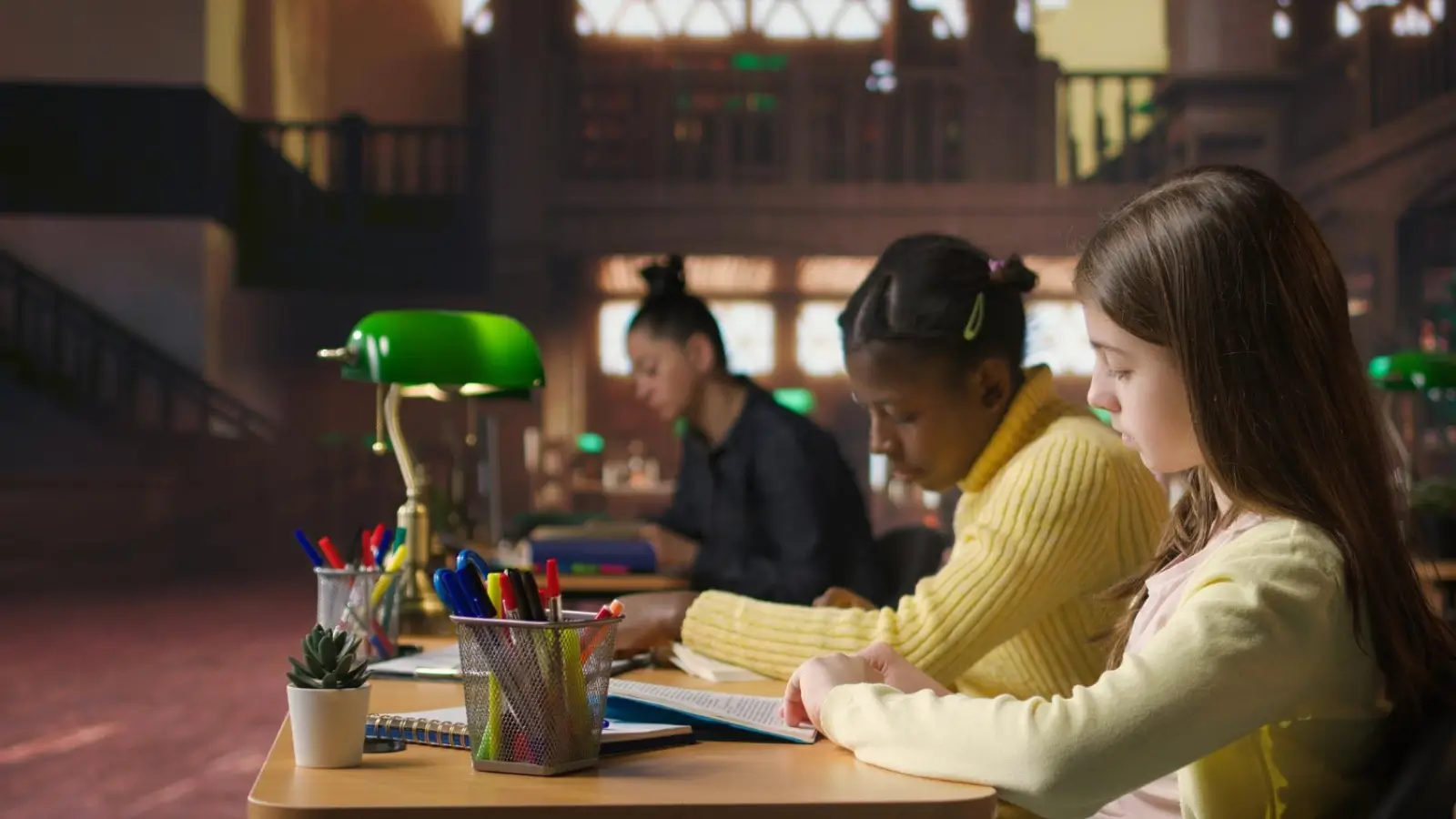


Education is the foundation of every child's future. A strong core curriculum gives students the knowledge, skills, and confidence they need to succeed. But learning should be more than just memorizing facts.
Schools are rethinking how they teach, focusing on lessons that inspire curiosity and creativity. By designing programs that engage students, educators can make learning both meaningful and enjoyable.
A core curriculum is the set of subjects and skills that every student must learn. It usually includes reading, writing, math, science, and social studies. These subjects build the foundation for all future learning. However, the way these lessons are taught makes a big difference.
When teachers connect lessons to real-life experiences, students see why learning matters. For example, math can become more exciting when students use it to design a project or solve a real problem. Science lessons are more memorable when students do hands-on experiments. Reading becomes more powerful when stories connect to their interests or cultures.
A strong curriculum balances structure with flexibility. It sets clear goals but allows teachers to adapt lessons to students' needs. This approach helps students build critical thinking skills and confidence in their abilities.
Students learn best when they are interested and curious. Teachers who ask open-ended questions or let students explore topics that matter to them help create deeper engagement. Lessons that include projects, discussions, and group work allow students to express ideas and learn from one another.
Creative activities like art, music, and writing are also powerful tools. They let students apply what they have learned in unique ways. For example, after studying a historical event, students might write a short play or create a digital presentation about it. These methods turn learning into an active process rather than a passive one.
Schools that focus on curiosity and creativity often see better results. Students become more motivated, take greater pride in their work, and develop a lifelong love of learning.
Many schools are finding new ways to make the core curriculum more engaging. Some are blending traditional subjects with modern technology, allowing students to use computers, tablets, and interactive tools. Others are designing community-based projects that link classroom learning to real-world challenges.
One great example is like public charter school in Columbia, SC, where students follow a curriculum that combines academic learning with hands-on experience. They might study math by managing a school garden or learn science through environmental projects. This type of learning helps students understand how classroom lessons connect to their everyday lives.
By embracing new models, schools can create environments where students are active participants in their education rather than passive observers.
Teachers play a key role in empowering students. They do more than deliver lessons, they inspire curiosity and guide students through challenges. When teachers encourage questions and support independent thinking, students learn to trust their own abilities.
A positive classroom environment is also essential. Students should feel safe to express their ideas, make mistakes, and learn from them. When they know their opinions matter, they become more confident and willing to explore new ideas.
Empowering students through a dynamic core curriculum is one of the best ways to prepare them for the future. By combining strong academic foundations with creativity, curiosity, and real-world connections, schools can spark lasting interest in learning.
When education becomes engaging and relevant, students are not just learning they are growing, discovering, and preparing to make a difference in the world.